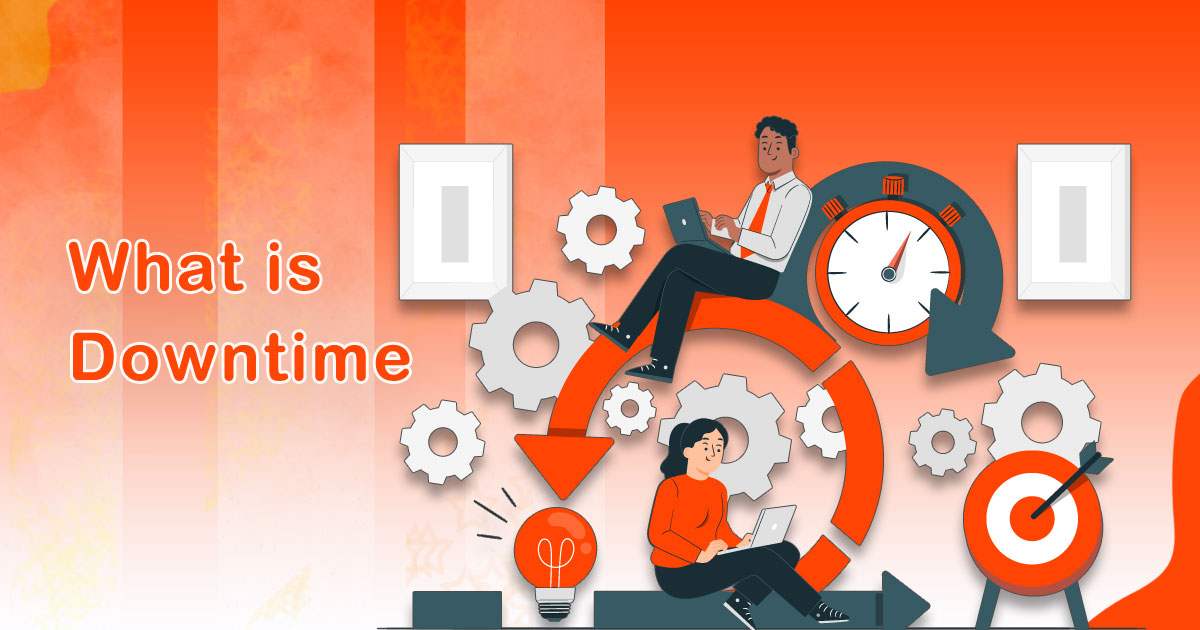Introduction
In today’s fast-paced world, the term “downtime” has become increasingly relevant across various industries and sectors. Downtime refers to the period during which a system, service, or equipment is unavailable or non-functional, leading to a disruption in normal operations. This article aims to delve deeper into the what is downtime in an Indian context, exploring its impact on businesses, industries, and individuals, as well as discussing strategies to minimize its adverse effects.
Understanding Downtime
Downtime can occur due to various reasons, such as equipment failure, maintenance activities, software glitches, power outages, or even natural disasters. For businesses, especially in India, downtime can have severe repercussions on productivity, revenue, and customer satisfaction. In a highly competitive market, where every second counts, even a brief period of downtime can lead to significant financial losses and damage a company’s reputation.
Downtime Across Industries
Manufacturing Sector:
In India, the manufacturing industry plays a crucial role in the economy. Downtime in this sector can disrupt production lines, resulting in delayed shipments and inventory pile-ups. Research indicates that manufacturing companies in India incur substantial losses due to unplanned downtime each year. Implementing proactive maintenance practices and adopting advanced technologies like predictive analytics can help reduce these losses significantly.
IT and E-commerce:
The rise of the digital era has made the IT and e-commerce sectors heavily reliant on uninterrupted service. Downtime in these industries can lead to a loss of customer trust, reduced sales, and reputational damage. For instance, online retailers experience immense pressure during festive sales, and any website or server downtime can result in millions of lost sales opportunities.
Banking and Finance:
In the banking and finance sector, downtime can not only lead to financial losses but also compromise data security and customer confidentiality. In India, where digital transactions are on the rise, ensuring a robust IT infrastructure with minimal downtime is crucial. High availability solutions and disaster recovery mechanisms are essential to maintain uninterrupted services in this sector.
The Cost of Downtime
The cost of downtime goes beyond the immediate financial losses incurred during the inactive period. It also includes indirect costs associated with customer dissatisfaction, reduced employee morale, and the time and resources invested in resolving the issues causing downtime. A study by the International Data Corporation (IDC) estimated that the average cost of an hour of downtime for Indian businesses ranged from thousands to millions of rupees, depending on the industry and the scale of the operation.
Preventing Downtime
Regular Maintenance:
Proactive maintenance of equipment and systems can help identify potential issues before they escalate into significant problems. Regular inspections, cleaning, and servicing can enhance the longevity and reliability of machines, reducing the likelihood of downtime.
Invest in Redundancy:
For critical systems, investing in redundancy is a prudent approach. Redundancy involves having backup components, systems, or servers ready to take over in case of failure, thereby ensuring continuous operation without significant interruptions.
Implement Monitoring and Analytics:
Adopting monitoring systems and analytics tools can provide real-time insights into the health and performance of various assets and processes. By identifying patterns and anomalies, businesses can take proactive measures to avoid potential downtime triggers.
Conclusion
Downtime remains a significant concern for businesses and industries across India. Recognizing the impact of downtime and its potential costs can lead to more proactive measures in minimizing its occurrence. Employing regular maintenance, redundancy, and cutting-edge monitoring solutions are crucial steps to ensure uninterrupted services and maintain a competitive edge. In this ever-evolving technological landscape, embracing the importance of mitigating downtime will foster a more resilient and efficient business environment in India.








